Innovation of Mass Sports Activities and Health Promotion Strategies in the New Era
DOI: 10.23977/socmhm.2024.050205 | Downloads: 25 | Views: 1207
Author(s)
Li Zhijun 1
Affiliation(s)
1 Guangxi College for Preschool Education, Nanning, Guangxi, 530022, China
Corresponding Author
Li ZhijunABSTRACT
In the context of the new era, innovation and health promotion strategies for mass sports activities have become important topics for improving the overall health level of the people and promoting social harmony and development. The author explores the challenges currently faced by mass sports activities, particularly the insufficient allocation of sports facility resources and difficulties in organizational management. With the advancement of urbanization, the scarcity of land resources and high land prices have led to a shortage of public sports facilities, limiting opportunities for people to participate in sports activities. In addition, the spontaneous small-scale organizational form has led to uneven resource allocation and management difficulties, affecting the quality and participation enthusiasm of mass sports activities. To address these challenges, the government has proposed multiple strategies. Firstly, we need to increase funding and vigorously construct public sports facilities. Through these measures, innovation and development of mass sports activities can be promoted, the overall health level of the population can be improved, and efficient and orderly mass sports activities can be carried out in the context of the new era, thereby promoting social harmony and progress.
KEYWORDS
Under the background of the new era; Mass sports; Innovative explorationCITE THIS PAPER
Li Zhijun, Innovation of Mass Sports Activities and Health Promotion Strategies in the New Era. Social Medicine and Health Management (2024) Vol. 5: 30-35. DOI: http://dx.doi.org/10.23977/socmhm.2024.050205.
REFERENCES
[1] Shuai, R. (2022). Exploration on the path of college trade unions to carry out cultural and sports activities for faculty and staff in the new era. International Journal of New Developments in Education.
[2] Liang, J., & He, Q. (2023). Application of artificial intelligence wearable devices based on neural network algorithm in mass sports activity evaluation. Soft computing: A fusion of foundations, methodologies and applications.
[3] Katanic, B., Pekovic, S., Matic, R. M., Vukovic, J., Masanovic, B., & Popovic, S. (2022). The 2021 national report on sports innovation for montenegro: content analysis. Sustainability, 14.
[4] Sharma, M., Tokas, S., Sharma, S., & Mishra, M. (2022). Role of sports activities in developing decision making skill. World Journal of English Language.
[5] Wada, T. (2022). Changes in sports activities of the aged for the covid-19 pandemic. Proceedings of the General Meeting of the Association of Japanese Geographers, 18.
[6] Sano, T. (2023). Preliminary study on measuring the sense of fulfillment in sports activities and grasping the adaptation status of sports practitioners based on distribution. Japanese Journal of Management for Physical Education and Sport, 36, 77-87.
[7] Shevets, V., Brizhata, I., Voitenko, V. L., & Sytnyk, O. A. . (2022). Modern trends in physiotherapy support of sports activities and rehabilitation practice in sports (on the example of the university clinic). Acta Balneologica.
[8] Alvarias-Villaverde, M., Pino, I. P., & Pino-Juste, M. . (2022). Socioemotional skills and competences in education: a look at artistic and sports activities. The International Journal of Pedagogy and Curriculum.
[9] Romanenko, S. (2022). Economic interests of the state and other subjects and stakeholders in the development of sports and health activities. Innovation and Sustainability.
[10] Nakano, T. (2023). Gender differences in children's sports activities and physical fitness. Annual Review for the Sociology of Physical Education and Sport, 4, 5-16.
| Downloads: | 3080 |
|---|---|
| Visits: | 181046 |
Sponsors, Associates, and Links
-
Information Systems and Economics
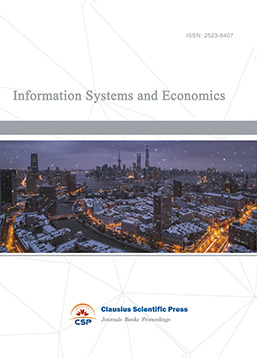
-
Accounting, Auditing and Finance
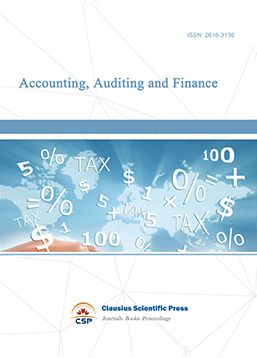
-
Industrial Engineering and Innovation Management

-
Tourism Management and Technology Economy
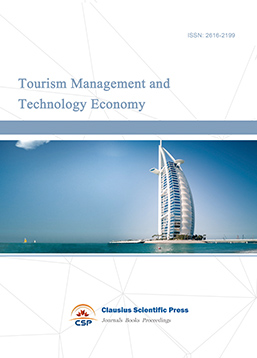
-
Journal of Computational and Financial Econometrics
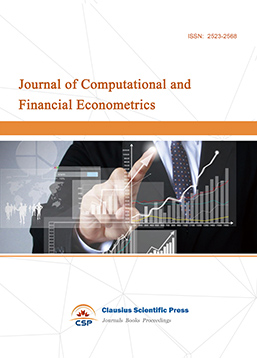
-
Financial Engineering and Risk Management

-
Accounting and Corporate Management
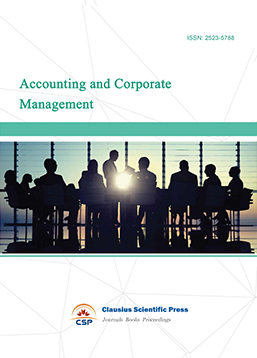
-
Social Security and Administration Management
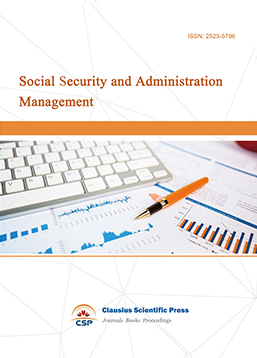
-
Population, Resources & Environmental Economics
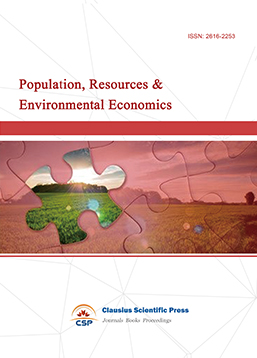
-
Statistics & Quantitative Economics
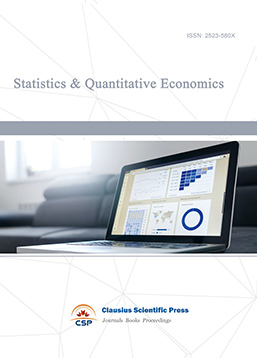
-
Agricultural & Forestry Economics and Management

-
Land Resource Management
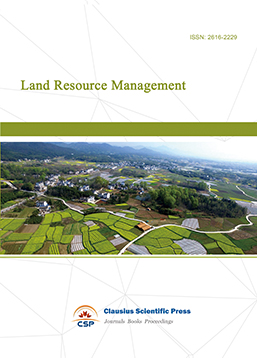
-
Information, Library and Archival Science
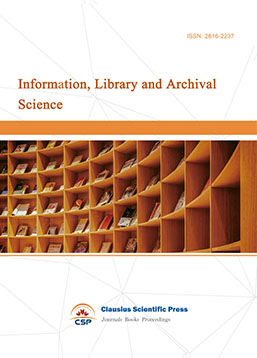
-
Journal of Human Resource Development
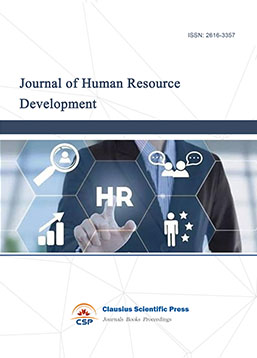
-
Manufacturing and Service Operations Management

-
Operational Research and Cybernetics
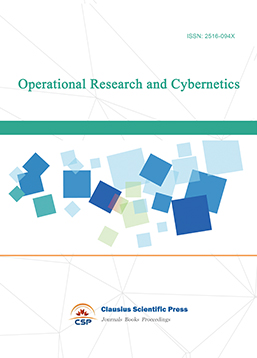

 Download as PDF
Download as PDF